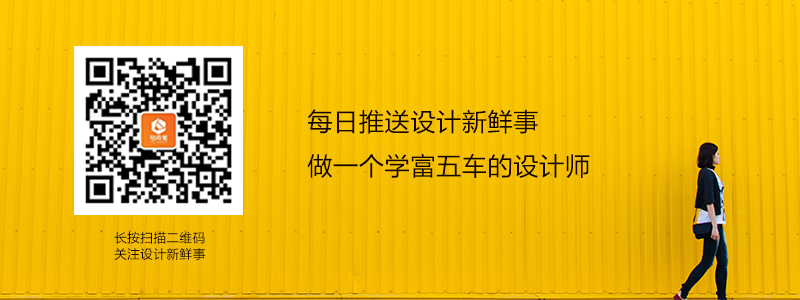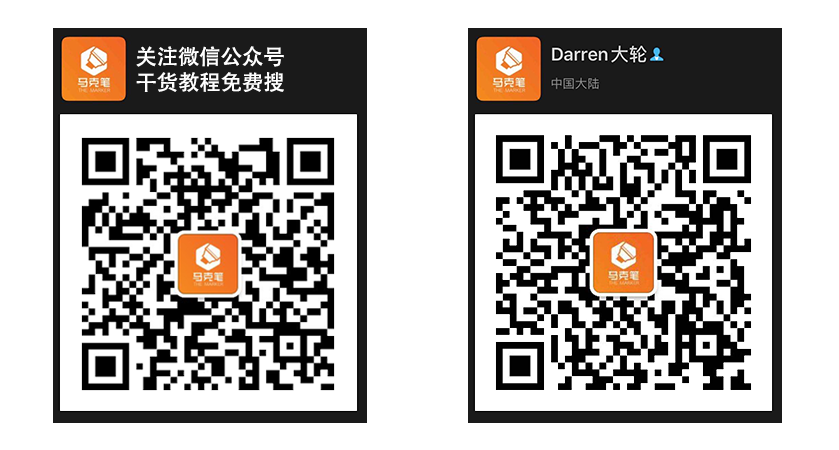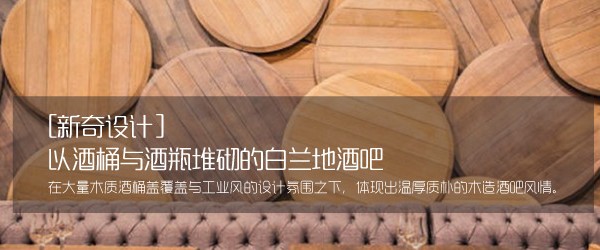最近在申请时,很多同学在申请伦敦艺术大学时会发现需要提交Study Proposal学习计划,也许很多同学对于这个文件的准备一脸懵逼,到底什么才是学习计划呢?又该如何去写呢?通过这篇文章,马克笔设计留学将会给大家详细解读一下学习计划的写作方法,当然了,学习计划的写作并不是模板性或者有硬性的格式要求,大家可以根据自己的想法灵活处理,完成更别具匠心和吸引力的学习计划哦!
首先看学校的要求:
Please outline the proposal for a possible Major Project. (You will not have to use this as your major project on the course, it is just an exercise).
The Major Project Proposal should describe your area of interest, field of study and the particular focus of your intended work and should include a rationale to show why this is a valuable service design project for you to undertake. The proposal should include an overview of the methodology, how you intend to go about producing the project, and an indication of what the outcomes could possibly be (but not a fully developed outcome).
We want to know that you are passionate about a project, able to identify a suitable project topic, and can put together a plan for how you would go about working on this project.
- You can (but don’t have to) use the following headings for guidance :
- Project Summary
- Research Question (What do you want to find out)
- Research Background, Field of Study, Context
- Rationale (why is this a valuable project in this discipline)
- Project Stakeholders (who is affected by the project)
- Proposed Approaches, Methods and Methodologies (how you would carry out this project and why you think this is appropriate)
- Possible Outcomes of the Project (not a fully developed outcome, just an indication of what the outcome might be)
- References and Bibliography (only a few key ones)
伦敦艺术大学关于学习计划的要求其实有两个,第一个是在官网各专业页面的How to apply,里面有关于学习计划的要求,但是那个要求属于比较简单的,聊等于无的,而关于学习计划的详细要求却是在在线申请系统页面,简单翻译一下,要求如下:
描述一个你硕士阶段想完成的主要项目,这个项目需要和你申请的专业相关,需要包含你打算使用的设计方法、参考资料等信息,你可以参考以下框架进行书写。项目概况、问题、背景、价值、理想相关者、设计方法、产出和参考资料。

那我们该如何写呢?
1.阐述清楚你打算完成的项目背景。比如如果你是针对某医院提供服务系统设计,那么阐述具体要解决的问题,计划为哪些利益相关者提供帮助等;
2.重点描述你的设计方法。这个也是整个学习计划的重点,你打算用哪些方法以及预期取得哪些产出。比如你打算进行用户调研,那么有观察法、访问法、情景体验等,但是千万不能止于此,而且是展开再去谈每个方法的具体运用。
3.你对于项目产出的预期。你希望通过这个项目怎么解决具体的问题,最好是能够再聊一下你申请的专业对于你完成这个项目能够提供什么帮助。
4.参考资料。这里的参考资料有两个,第一是你写这篇学习计划参考了哪些书籍或者资料;第二是你将来完成这个项目时打算参考哪些书籍或者资料。

参考案例
2017年录取LCC服务设计的高同学的学习计划案例:
1.Introduction
Queuing up is a boring and lengthy process as well as an inevitable link in modern theme parks, causing that sometimes people spend more time in queues rather than enjoying the entertainments. Studies show that waiting time has a direct relation to customer satisfaction, although it is not clear exactly what aspects of the wait affect the guests most and how. People tend to feel impatient and frustrated during the long waiting, negatively influencing their travelling experience. Therefore, my topic is about how to enhance people’s queuing experience at amusement parts.
2.Project Overview
Queues are inevitable in theme parks. Some attempts have been made to reduce the unpleasant experience of waiting in the theme parks. The attempts can be divided into three categories:
1. Let visitors know how long they should wait. Any delay in service may result in anger and uncertainty of the guests, which negatively impact the overall satisfaction, so there are wait-time labels posted outside recreation facilities.
2. Reduce waiting time. For example, queuing systems such as “Six Flags’ Q- bot” and “Disney’s Fast-Pass” have been put into use.
3. Give customer something to do, such as providing some in-queue entertainments including interactive devices and dress shows to make queueing experience enjoyable.
However, these solutions still have drawbacks:
1. The single way of presenting time tips is still boring.
2. Queueing systems can make better plans to a certain degree, but customers still need to wait in line.
3. It is a good thing to let tourists kill time, while sometimes the entertainment provided does not attract all customers’ attention.
The problem of queuing experience in amusement parks is still not satisfactorily solved.
Queuing is a dynamic and experience process in a certain period of time. According to queuing psychology, mental ups and downs as well as psychological demands of people in line are significantly different. For instance, people are not particularly restless in the incipient stage of queuing, but gradually getting irritated during the mid-term. When it’s about their turns, they feel extremely excited again. Current solutions like time tips and in-queue entertainments are just single ways to enhance customers’ queuing experience.
In addition, groups in theme parks are also different. Children, young people and parents fundamentally have different behaviour, feelings and demands when they wait in line. For example, young people travelling in groups may chat or be absorbed in their cell phones to pass the time. They are more patient about waiting in line. Thus, a time tip may be enough for them. While children with no way to kill time, on the contrary, may not wait patiently. Perhaps in-queue entertainments will make them more interested.
Considering the entire service system, it may not be the best choice to enhance the queuing experience by some entertaining performances, high-cost interactive devices, and queuing systems. Costs of production, management and maintenance need to be taken into account by parks and the staff.
如果需要完整的案例,可以在公众号:马克笔设计留学的这篇文章下留言,我们的微信运营小姐姐会给你发送下载链接哦~
任何关于院校和作品集的问题
欢迎随时沟通
知无不言,言无不尽

欢迎关注公众号:马克笔设计留学,更多院校信息以及作品集攻略都在这里哦!








很有帮助的内容
很有帮助 感谢
可以发一下完整案例吗
想看完整案例哇
求完整案例,谢谢!
求完整案例,谢谢!
请问可以发一下完整案例吗,谢谢
求完整案例谢谢啦
求完整案例!!谢谢啦
可以发一下完整案例吗,谢谢
想看完整案例!
想看完整案例,谢谢啦
想看完整案例,感谢
完整案例可以发吗谢谢
可以发一份完整案例吗
求完整案例